The Ford 4.6 V8 is the root of the iconic Modular V8 Engine family that continues to power Ford vehicles to this day.
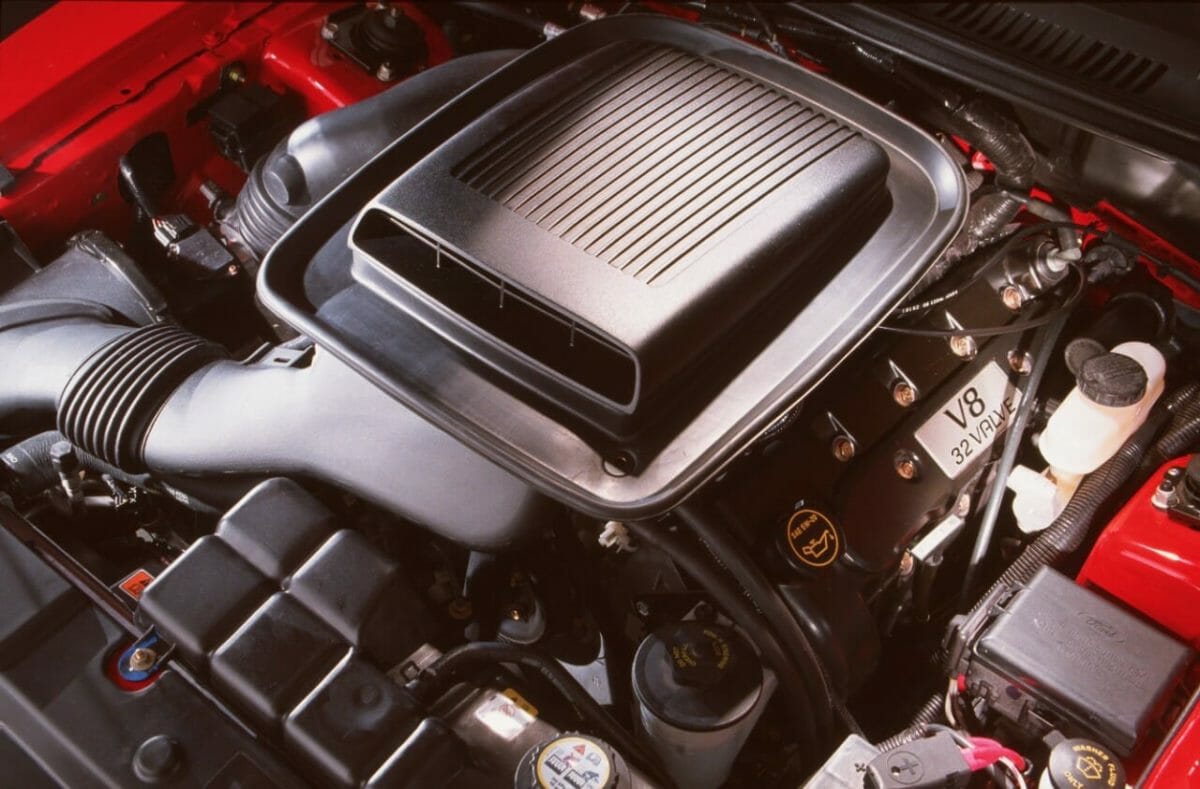
The Ford 4.6-liter V8 is much more than just another run-of-the-mill V8 engine. While it is true that you can find it in just about any and all Ford products, it is an iconic staple of Ford’s legacy that forever changed the way Ford engines were developed.
Though it flies under the radar compared to the likes of the Coyote 5.0-liter engine, it is entirely fair to say that without the 4.6-liter V8, the Coyote 5.0 would not exist.
Lift the hood on any Ford, Lincoln, or Mercury vehicle from 1991 to 2014, and there’s a good chance you’ll be staring at an eight-cylinder engine.
While it may not seem exotic to see a V8 under the hood of a Ford as it’s a big part of their legacy, you may not know that you’re looking at a feat of engineering that took billions of dollars and years to develop and perfect.
However, that is exactly the case if you happen to be looking at a Ford 4.6-liter V8. It was the first variant of the Ford Modular Engine family, which saw a major departure in the way Ford’s V8s were built.
Up until the Modular Engine family’s development, all Ford V8s were old-school camshaft-in-block pushrod style V8s. Though they have been proven reliable time and time again, the modular engines switched to an overhead-camshaft design reminiscent of European V8s.
Since then, the 4.6 and Ford Modular Engines have continued to become a staple of the automotive community. Let’s take a look at the history and specs of the 4.6-liter modular V8 and what cars you’ll find them in.
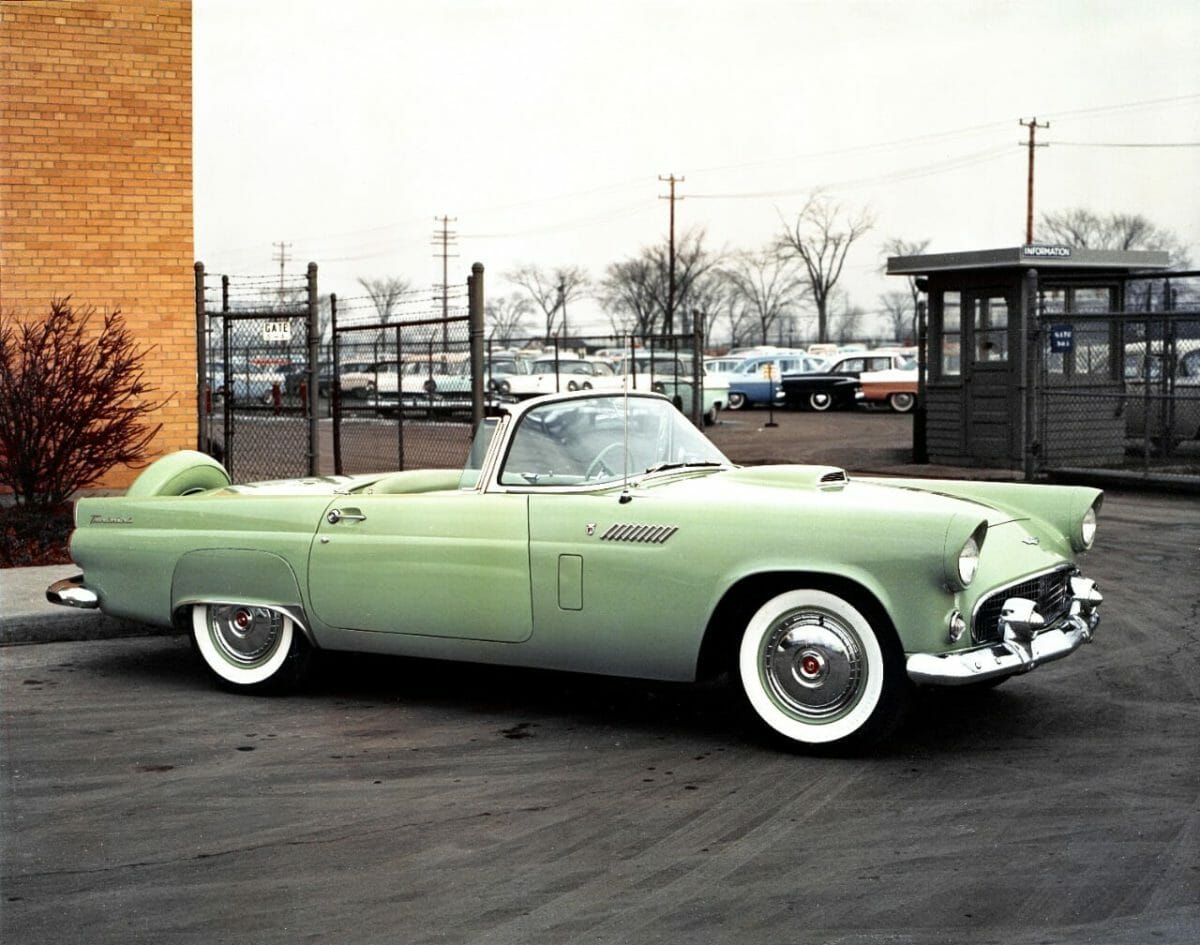
Ford 4.6 & Modular Engine Development
In the mid-1980s, the then CEO of Ford Motor Company, Donald Peterson, wanted to overhaul the iconic Ford V8. His intention was to develop a V8 that would surpass their current offerings in all categories. This includes power, efficiency, emissions, performance, and smoothness of operation.
Engineers of the new V8 project closely studied the construction and design of European and Japanese V8 engines and took note of their impressive power output combined with their longevity. Often they would find these engines lasting to 100,000 miles or more without any sort of major servicing required.
The team decided on a 90-degree “V” angle and a one-to-one bore and stroke ratio to allow for minimal balance upset, allowing the engine to operate much smoother and quieter than their pushrod V8s.
After years of development and Ford investing over $4 billion by 1987, the 4.6-liter engine was ready for production. Thus, the Ford Modular engine family was born.
The Modular engines have a 100-millimeter bore spacing that allows for many different variations in displacement and cylinder heads. There are single overhead camshaft variants, dual overhead camshaft variants, two, three, and four-valve per cylinder variants of the Modular family. There’s even a V10 variant of the modular engine.
Furthermore, the legendary Coyote 5.0-liter V8 is based on Modular architecture.
The 4.6 made its first production appearance in the 1991 Lincoln Towncar. Despite its smaller stature than the pushrod V8s it replaced, the 4.6 was more powerful, more fuel-efficient, and could propel the new Towncar to 60mph, 1.5 seconds faster than the fastest of the pushrod Towncar variants.
Let’s take a look at the different variants of the 4.6 Modular V8 and what vehicles you’ll find them in.

Vehicles Equipped with the Ford 4.6 Engine
Like many other Ford engines, the 4.6-liter V8 found its way into every branch of the Ford family. It is found under the hood of everything from Ford’s iconic muscle car, the Mustang, to daily-driver SUVs like the Ford Explorer and everything in between. Here is a list of the cars you’ll find the Ford 4.6 in:
- Ford Crown Victoria
- Ford Econoline Vans
- Ford Expedition
- Ford Explorer
- Ford F-150
- Ford Thunderbird
- Lincoln Aviator
- Lincoln Continental
- Lincoln Mark VIII
- Lincoln Towncar
- Mercury Cougar
- Mercury Grand Marquis
- Mercury Marauder
- Mercury Mountaineer
This list includes the majority of models you’ll find a ford 4.6 in. However, a handful of more exotic models also have the 4.6 that we’ll get to later.
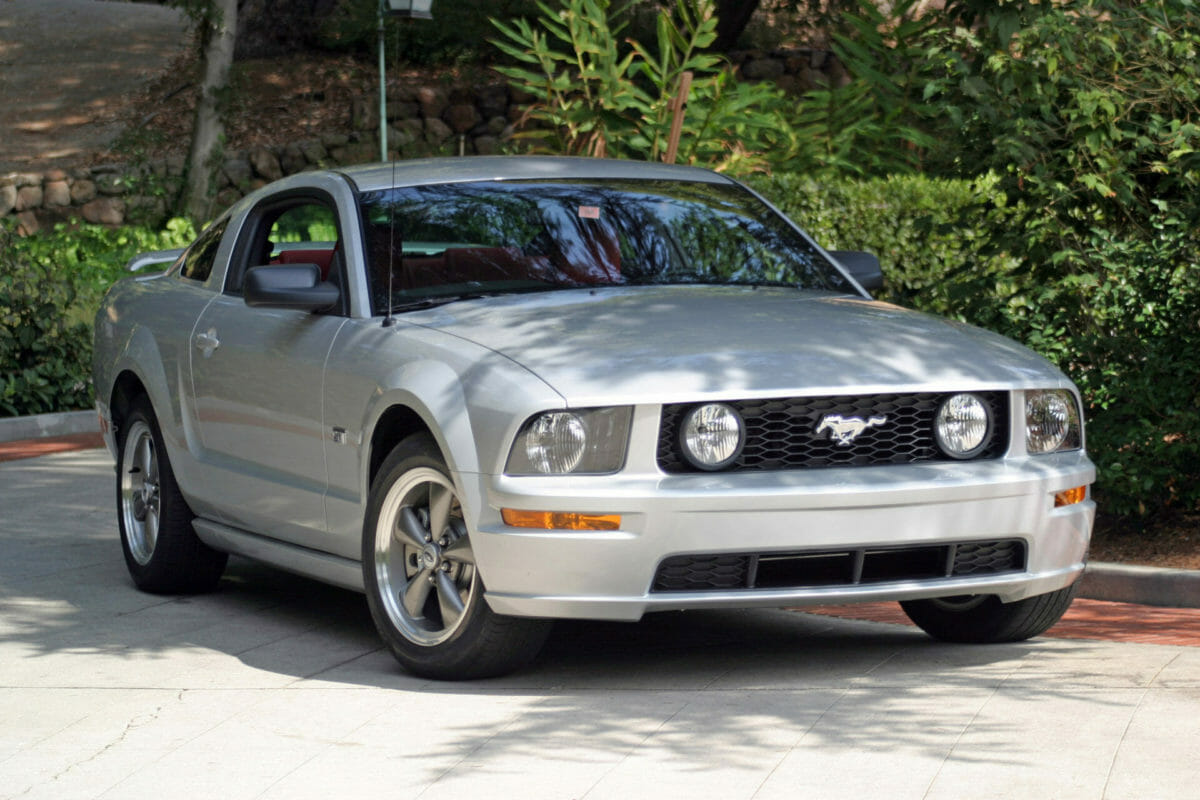
Ford 4.6 Engine Variants
There are three versions of the Ford 4.6-liter engine. Despite the differences, they all share a few things. For one, the bore and stroke of every 4.6-liter Modular V8 are the same.
As mentioned before, they have a one-to-one ratio with a 90mm bore and 90mm stroke. Many internal engine components like connecting rods are identical, though the compression varies based on pistons used and cylinder heads used.
The most widely used variant of the 4.6 liters is the two-valve (2v) version that features single overhead camshaft construction and two valves per cylinder.
Depending on what year and model you find a two-valve 4.6 in, it will have between 190 and 260 horsepower and between 260 and 302 lb.-ft. of torque. It has a compression ratio of 9:1.
This is the 4.6 you’ll find in normal Mustang GTs as well as things like Lincoln, Ford, and Mercury SUVs. Additionally, the two-valve is found in most Crown Victorias and Mercury Grand Marquis of this era.
The three-valve (3v) version of the 4.6-liter V8 is similar to the two-valve with a few exceptions. It also uses standard single overhead camshaft construction.
However, the three-valve saw substantial upgrades in power compared to the two-valve, especially in the case of the Mustang, thanks to its 9.4:1 compression ratio.
The 2005 through 2009 model year Ford Mustangs with a three-valve 4.6 had an impressive 300 horsepower output with 320 lb.-ft. of torque to complement it.
The power was bumped up for the 2010 Ford Mustang, to 315 horsepower and 325 lb.-ft. of torque.
A 292 horsepower and 320 lb.-ft. variant of the three-valve is also found in Ford Explorers from 2006 and F-150s from 2008 until the 2010 model year.
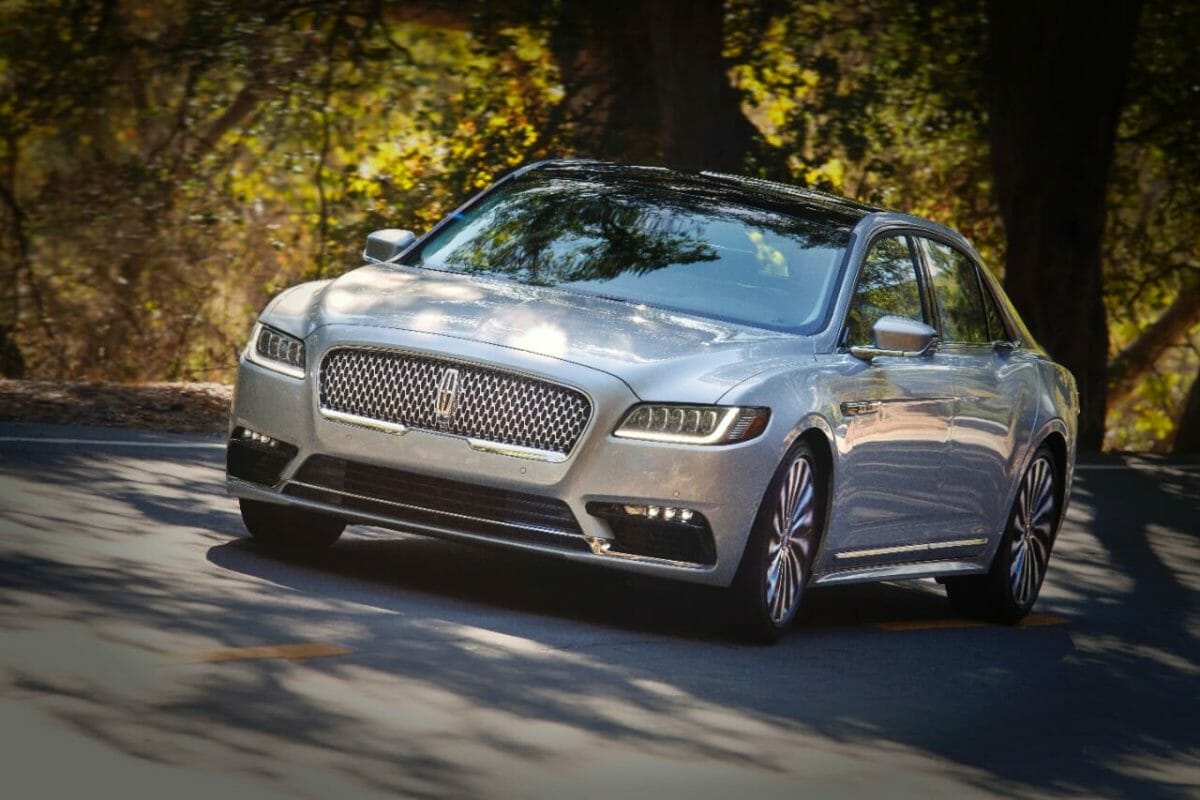
Additional Ford 4.6 Engine Variants
The final variant of the 4.6 Modular V8 is the four-valve (4v). Unlike the two-valve and three-valve versions, the four-valve features dual overhead camshaft construction. This means that each cylinder head has two camshafts, and each cylinder has four valves.
Also, unlike the two-valve and three-valve, the four-valve 4.6 has an aluminum engine block. It also saw a substantial drop in compression with its 8.5:1 compression ratio. However, a particular variant of the four-valve was the most powerful version of the 4.6 ever put into a production Ford vehicle.
The Lincoln Aviator, Continental, and Mark VIII came with a variant of the four-valve 4.6 that makes between 260 and 302 horsepower with torque ratings ranging from 265 to 318 lb.-ft.
The most prominent 4.6 four-valve engine is found under the hood of the 2003 and 2004 model year Ford Mustang SVT Cobra, which is also known as The Terminator. It has a remarkable 390 horsepower output with a matching 390 lb.-ft. torque rating thanks to its supercharger.
Other special edition Mustangs equipped with a four-valve 4.6 include 1996 through 2001 Ford Mustang SVT Cobra, with power outputs ranging from 305 horsepower and 300 lb.-ft. of torque through 1998 and 320 horsepower and 317 lb.-ft. of torque through the model year 2001. Additionally, the 2003 and 2004 Ford Mustang Mach 1 were equipped with four-valve 4.6 V8s making up to 310 horsepower and 335 lb.-ft. of torque.
The four-valve 4.6 is notorious for its ability to withstand additional power, especially in the case of the Terminator. There are a handful of performance vehicles that also use the four-valve 4.6 V8.
Exotic Cars Equipped with Ford 4.6 Engine
The most outstanding use of a Ford 4.6 Modular V8 in a high-performance application comes from Swedish hypercar manufacturer Koenigsegg. The Koenigsegg CC8S features a supercharged variant of the four-valve Ford 4.6 that makes an astounding 646 horsepower and 550 lb.-ft. of torque.
Furthermore, the Koenigsegg CCR also features a Ford 4.6, though it has two superchargers. This combination makes a whopping 806 horsepower and 679 lb.-ft. of torque.
While these are modified versions of the four-valve, it is still quite impressive to see such power figures from the Ford Modular family.
Other exotic uses of the four-valve 4.6 include the Marco Mantis and Marcos Mantis GT, specialty British sports cars with up to 506 horsepower, and 452 lb.-ft. of torque.
Additionally, British manufacturer MG used the four-valve 4.6 in the MG X-Power SV with 320 horsepower and 317 lb.-ft. of torque.
Overall, the four-valve 4.6-liter V8 is the most iconic of the 4.6 family in terms of power output and use among varying car brands.
Unfortunately, all good things must come to an end. Eventually, the Ford 4.6 did cease production in place of its successor.
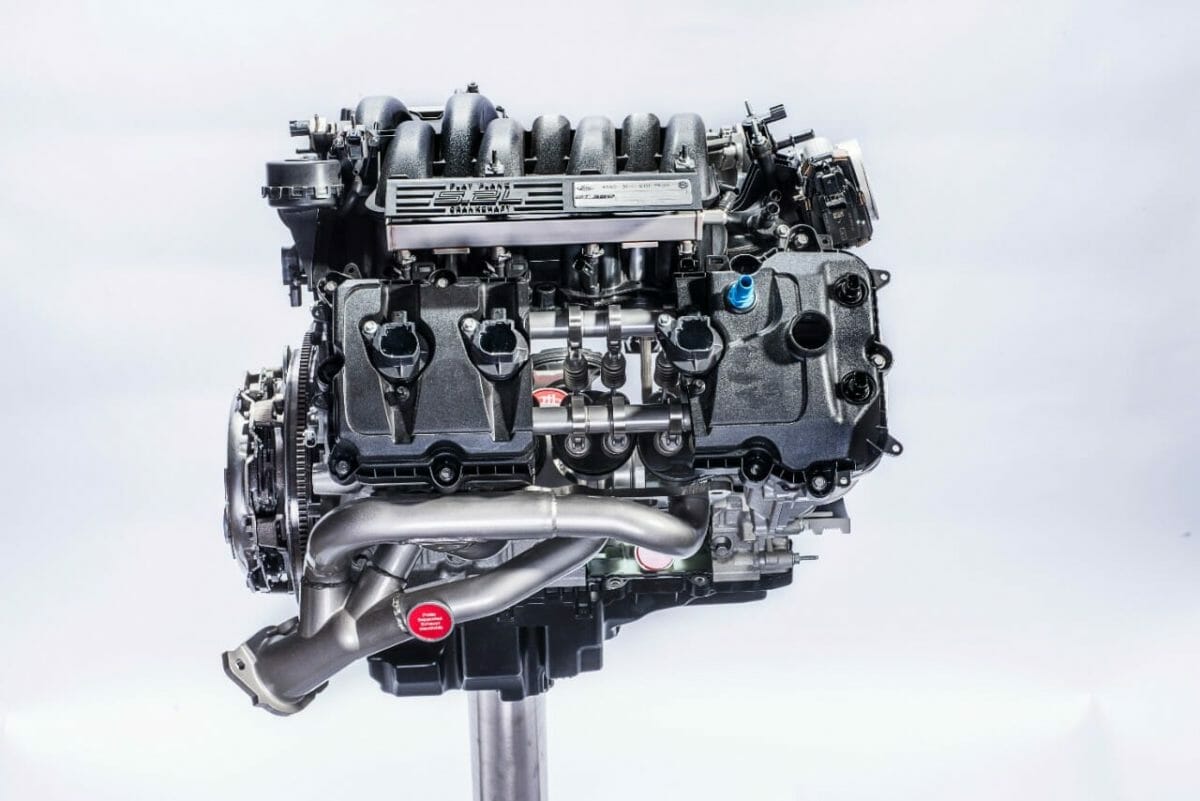
End of the Ford 4.6 Engine
The Ford 4.6 Modular V8 remained in production until 2014, though it was only available in the Ford Econoline series of vans after the 2010 model year.
The year 2011 brought the evolution of the Modular family in the form of the Coyote 5.0-liter V8.
Ultimately, the Coyote replaced the 4.6 in all platforms, including the Mustang, F-series trucks, and E-series vans.
Overall, the Ford 4.6 is perhaps the largest turn in Ford engineering history. Since its debut in the Lincoln Towncar 30 years ago, the Modular family has been a staple of the entire Ford family lineup.
Without the 4.6, the Coyote 5.0-liter V8 would have never happened.
If you’re looking into buying a 4.6-liter equipped vehicle, be sure to use our free VIN checker tool to get a detailed look at the vehicle’s ownership and accident history.
Regardless of which Ford 4.6 engine vehicle you wind up with, you can take solace in the fact that it went through years of development and perfection that ultimately led to a reliable and trustworthy engine that will get you where you need to be with decent power to boot.
Photos: Ford
